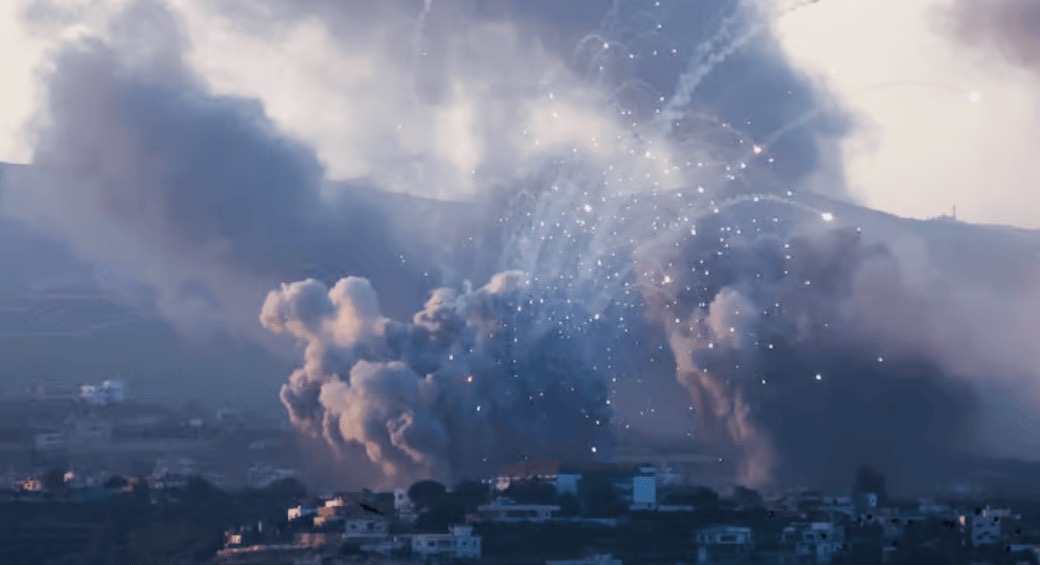Israel and Hezbollah have boxed themselves into a tight corner as the cross-border conflict in Lebanon and the Galilee intensifies and approaches the magnitude of an all-out war.
In the past few days, both sides have hammered each other ferociously and relentlessly, with the scale of the fighting having reached the level of the 2006 month-long Israel-Hezbollah War. The deputy leader of Hezbollah, Naim Qassem, said recently that a “new, open-ended” conflict has broken out in Lebanon.
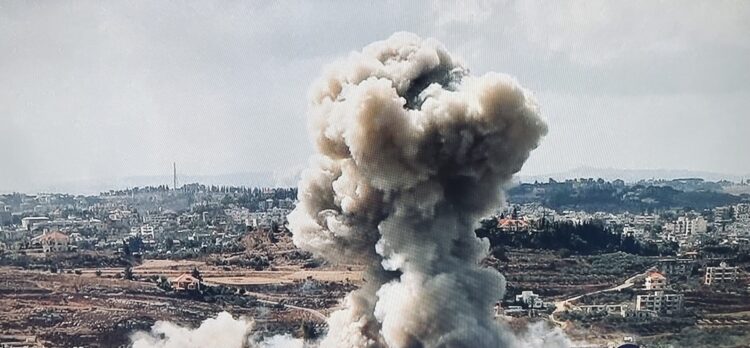
A diplomatic solution could bring the raging battles to an end. But at the moment, with Israel and Hezbollah digging in and striving to achieve diametrically opposed objectives, the chance of a peaceful resolution is remote.
As one observer has pointed out, Israel and Hezbollah are trapped in an “escalatory cycle,” despite clear incentives for both both to deescalate.
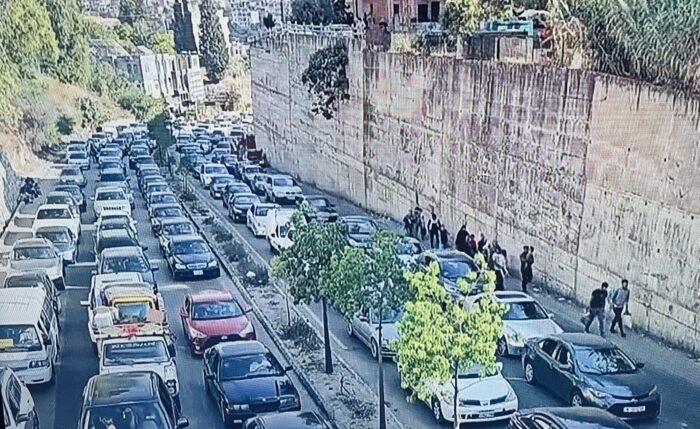
These daily clashes, which have displaced tens of thousands of civilians in southern Lebanon and led to the deaths of more than 600 Lebanese, could very well metastasize into a full-blown regional war.
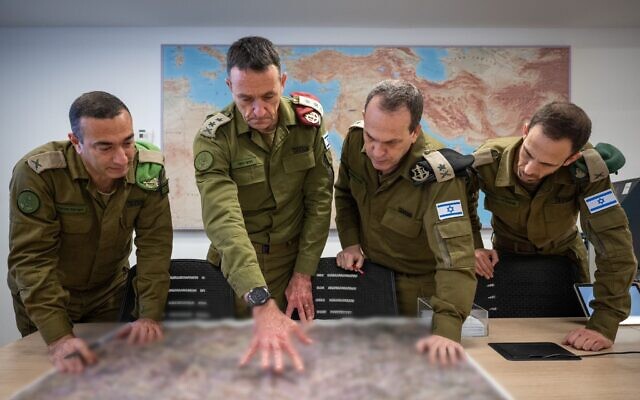
The commander of Israeli forces, General Herzi Halevi, has said that Israel will continue striking Hezbollah with “blow after blow” until some 60,000 Israelis can return to their homes near the Lebanese border. They were evacuated shortly after Hezbollah, Iran’s chief proxy in the Middle East, began bombarding the Galilee last October in a brazen show of solidarity with Hamas, which is at war with Israel in the Gaza Strip.
The leader of Hamas, Yahya Sinwar, hoped that Hezbollah, along with other Iranian-backed members of the Axis of Resistance in the region, would encircle Israel in a “ring of fire,” overwhelm its defences, and threaten its very existence.
Israel would prefer to settle this problem by diplomatic means, realizing that a full-scale war would be extremely costly in terms of lives lost and property damaged and destroyed.
Israel’s calculation appears to hinge on the expectation or hope that Hezbollah, which has dragged Lebanon into a whirlpool of violence and destruction, will eventually agree to a ceasefire in light of its horrendous losses in men and materiel.
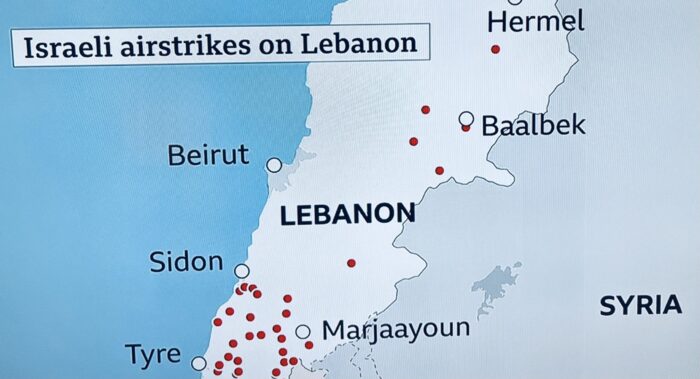
A report in the Times of Israel quoting a senior Israeli Air Force officer said that the strikes it carried against Hezbollah targets on September 23 were the most extensive in its history.
If Hezbollah expresses a readiness for diplomacy, civilians in Israel and Lebanon could return peacefully to their homes and Hezbollah, as per United Nations resolution 1701, would be obliged to withdraw its forces from southern Lebanon to a line north of the Litani River, a distance of a maximum of 30 kilometers from the Israeli border.
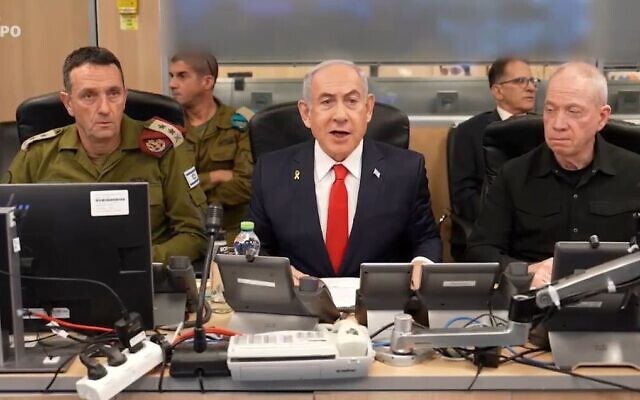
Prime Minister Benjamin Netanyahu believes that only strong military force will compel Hezbollah to cease its attacks. “If Hezbollah didn’t understand the message,” he said, “I promise you it will understand the message.”
Netanyahu claims that Israel has dealt Hezbollah “a series of blows” it had not anticipated. Thousands of its rocket launchers, many of which are concealed in residential buildings, have been obliterated.
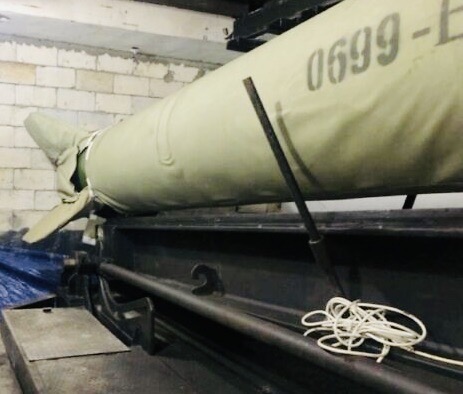
And several of its senior commanders have been assassinated. They include Ibrahim Aqil, the head of the Radwan Force, which is tasked with invading the Galilee, and Ibrahim Mohammad Qobeisi, who was in charge of Hezbollah’s missile and rocket unit.
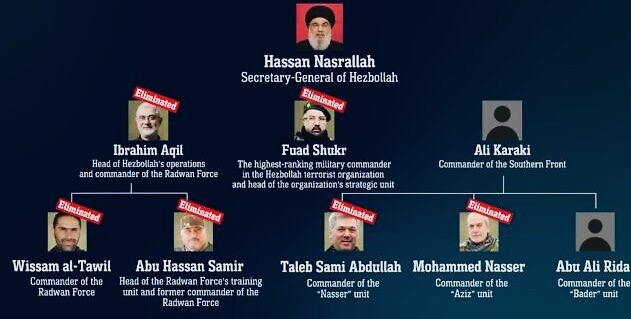
“We are crushing what was built by Hezbollah for 20 years,” Defence Minister Yoav Gallant said two days ago.
Hezbollah’s official position is that it will not lay down its arms unless Israel agrees to a ceasefire in Gaza and withdraws from that coastal enclave, thereby leaving Hamas in power after almost a year of war.
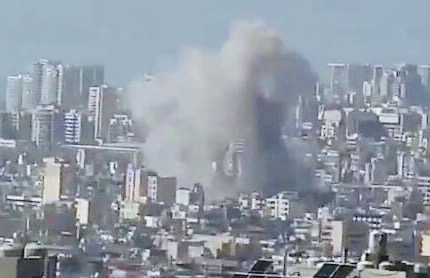
Since the Israeli government is unlikely to accept these conditions, the war will go on, perhaps leading to an Israeli invasion of southern Lebanon and the creation of a buffer zone there.
Hassan Nasrallah, the secretary-general of Hezbollah, has dared Israel to occupy southern Lebanon, knowing full well that it would be a risky proposition. It will be recalled that Israel established a security zone in the south in the late 1970s and early 1980s, only to abandon it in May 2000 after a lengthy guerrilla war with Hezbollah.
The U.S.-based Institute for the Study of War has summarized the challenges that Israel faces in Lebanon today: “Israel’s ongoing military campaign in Lebanon is part of an Israeli effort to prevent Hezbollah from accomplishing its war aim, which is to enable Hamas’ survival and ability to rebuild itself in the Gaza Strip. Nasrallah has repeatedly tied an end to rocket fire into northern Israel to an Israeli ceasefire in the Gaza Strip on terms dictated by Hamas.
“Hamas’ proposed ceasefire agreement, however, is tantamount to an Israeli defeat because it would enable Hamas to rebuild over time. Agreeing to Hamas’ terms would also fail to ensure Israeli security over the long term because it would demonstrate to Nasrallah that Israel could be cowed and defeated by relatively inexpensive indirect fire targeting civilians in Israel. This would encourage Nasrallah to undertake similar campaigns again in the future.
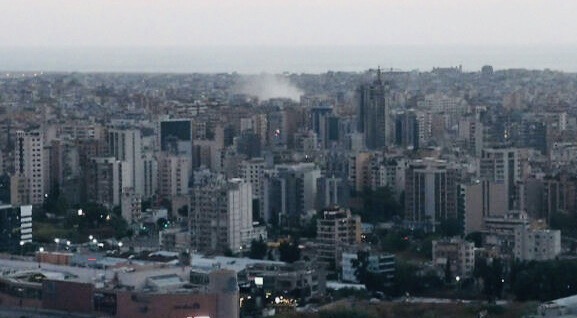
“Nasrallah is extremely unlikely to give the order to cease Hezbollah rocket attacks into northern Israel because he must continue to support his partners in the Axis of Resistance (an alliance of anti-Israel groups under Iran’s wing). Continuing to fire rockets into Israel increases the risk of war, given the stated Israeli aim to return its civilians to their homes in northern Israel. This Israeli aim is not possible unless Hezbollah’s rocket fire ceases. Nasrallah is unlikely to abandon his Axis of Resistance partners in the end because to do so would severely diminish Hezbollah’s regional position as a leader of the Axis of Resistance.
“Hezbollah will therefore probably continue its indirect fire into northern Israel despite the ongoing Israeli air campaign. This will increase the risk of a ground campaign, given that the Israeli war aims of returning Israeli residents to northern Israel will require (Israel) to physically prevent Hezbollah from firing into Israel. Israel is conducting a major air campaign in Lebanon, primarily targeting rocket launch sites, to degrade Hezbollah’s capabilities and destroy threats to Israel.”
The Israeli Air Force is bearing the brunt of Israel’s massive offensive. Israeli aircraft have struck southern and northern Lebanon, Beirut and the Bekaa Valley, having bombed nearly 2,000 Hezbollah military sites and targeted its commanders.
Israeli strikes are aimed at destroying Hezbollah’s missile caches, degrading its military infrastructure, and eliminating its senior officials.
“Whoever tries to hurt us, we hurt him even more,” Netanyahu said the other day. “I promised we would change the security balance, the balance of power in the north. This is exactly what we are doing. We are destroying thousands of missiles and rockets aimed at Israeli cities and Israeli citizens.”
Halevi issued a similar warning: “The price Hezbollah is paying is growing, and our strikes will intensify. We will do everything possible to remove and thwart threats on the State of Israel.”
Hezbollah has fired hundreds rockets and drones at army bases and towns in the Galilee Panhandle, the northern town of Kiryat Shmona, the Lower Galilee, areas south and east of Haifa, Kiryat Bialik, a suburb of Haifa, the Jezreel Valley, Afula, Nazareth, the Ramat David air force base, five Jewish settlements in the West Bank, and even Tel Aviv.
The Iron Dome defence system has shot down many of these projectiles, but some have crashed into residential and industrial spaces, causing injuries and damage.
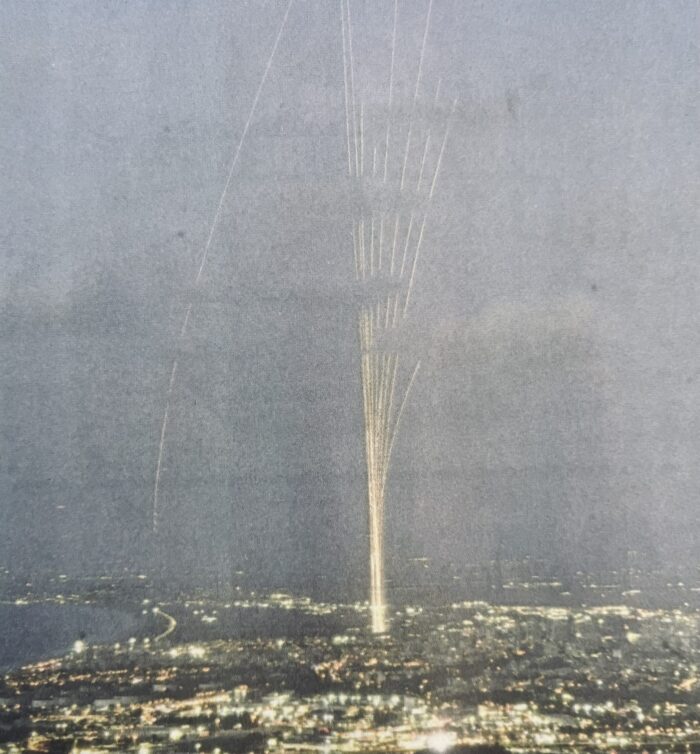
Nasrallah, having foolishly compared Israeli society to a spider web, a weak structure with no foundations that can be brushed aside, believes that Hezbollah can prevail.
The ineffectual Lebanese government has been powerless to steer Hezbollah in a constructive direction. Instead, Lebanon’s caretaker prime minister, Najib Mikati, has urged the United Nations to “deter the aggression” and lambasted Israel’s wave of airstrikes as “a genocide in every sense of the word. ”
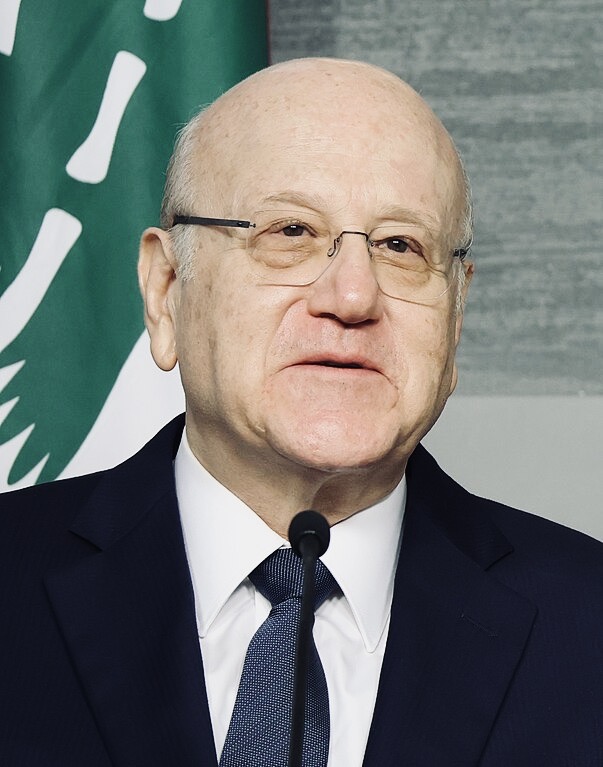
Iran, Hezbollah’s patron, has remained on the sidelines until now. Its newly elected president, Masoud Pezeshkian, claimed two days ago that Israel is provoking Iran to join the conflict in support of Hezbollah. “We do not wish to be the cause of instability in the Middle East as its consequences would be irreversible,” he said. “We don’t want war … It is Israel that seeks to create this all-out conflict.”
Yesterday, Pezeshkian said that Hezbollah “cannot stand alone against a country that is being defended and supported and supplied by Western countries, by European countries and the United States.” He implored the international community to prevent Lebanon from becoming “another Gaza.”
What he neglected to say is that Iran, an agent of chaos and instability in the Middle East, encouraged Hezbollah to ignite the latest chapter of its long-running border war with Israel.
This much is crystal clear. Israel is defending its sovereign territory from aggression fomented by Iran and activated by Hezbollah.
